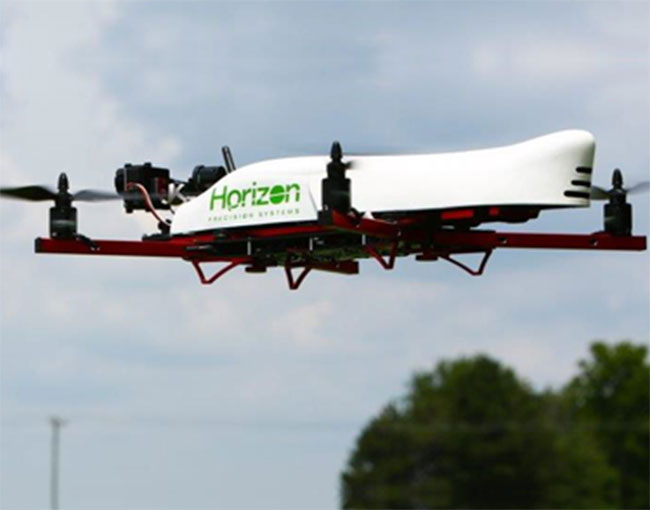Home > Insights > Publications > Unmanned aircraft systems are 'aircraft' once again: National Transportation Safety Board reverses administrative law judge on key definition

On November 17, the National Transportation Safety Board (NTSB) reversed an administrative law judge’s decision that had called into question the Federal Aviation Administration's (FAA) authority to regulate Unmanned Aircraft Systems (UAS). The FAA assessed Raphael Pirker a $10,000 penalty in June 2013 for operating an unmanned aircraft—a Ritewing Zephyr—at extremely low altitudes and in dangerous proximity to persons and property around the University of Virginia campus in Charlottesville, Virginia. Mr. Pirker appealed the assessment to an NTSB administrative law judge, claiming that the FAA lacked authority to regulate model aircraft as “aircraft” under Federal Aviation Regulations (FARs). The administrative law judge agreed, finding that the statutory and regulatory term “aircraft” did not apply to a model aircraft, and consequently the FAA could not enforce a flight safety regulation prohibiting careless or reckless operation, 14 C.F.R. § 91.13(a).
Following an appeal by the FAA Administrator, the NTSB reversed the law judge’s order and remanded the case for a full factual hearing to determine whether Mr. Pirker carelessly or recklessly endangered life and property with his flight operations. The NTSB determined that Mr. Pirker’s Zephyr was an “aircraft” under applicable statutes and regulations because these definitions broadly consider any “contrivance” that flies in or navigates the air to be an “aircraft.” The definitions do not explicitly exclude model or unmanned aircraft, and the NTSB refused to stretch its interpretation beyond plain statutory and regulatory language to include any subtle implication to the contrary. The NTSB also found the FAA’s application of safety regulation § 91.13(a) to unmanned aircraft was a reasonable interpretation of the regulation’s text and purpose. Examining an Advisory Circular and other documents on their face, the NTSB determined there was no previous interpretation or past practice that explicitly exempted model or unmanned aircraft from § 91.13. Therefore, it concluded, existing FAR prohibitions on careless and reckless aircraft operations apply to unmanned aircraft as well.
The Pirker decision could spark a renewed effort by the FAA to bring enforcement actions against commercial drone operators in the United States. Flying UAS without proper FAA authorization, in addition to flying them unsafely, can subject violators to major penalties.
